The formal opening on 3 October, saw flags, bunting and large crowds in place to greet councillors, architects and builders (who waited in three motor cars to cross the bridge). The ceremony itself was described as follows:
"Mr Walter Horne presented Mr Black [Chair of Largo Parish Council] with a pair of silver scissors with which to cut the red, white and blue ribbon, that stretched across the bridge, and referred to his manifold services to the community. (applause) The way having been cleared, the motor cars passed to the other side, to the accompaniment of loud cheering."
A luncheon was then served in Miss Brown's boarding house where speeches and presentations were made. The above postcard shows the bridge around a decade later. The bridge is still in place today and is well used, including by the local bus service. This view looks over towards Drummochy on the Lundin Links side. More on Drummochy in a future post and more tomorrow about this bridge.

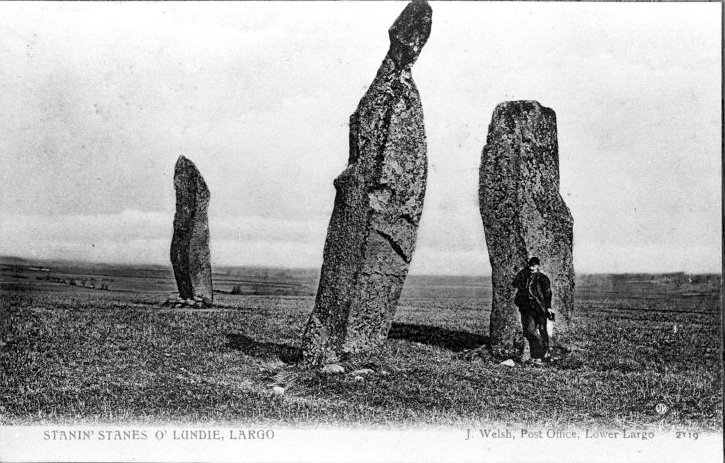
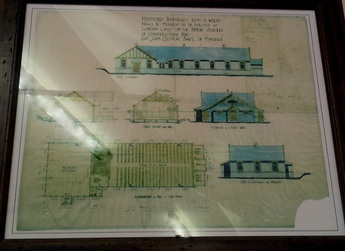
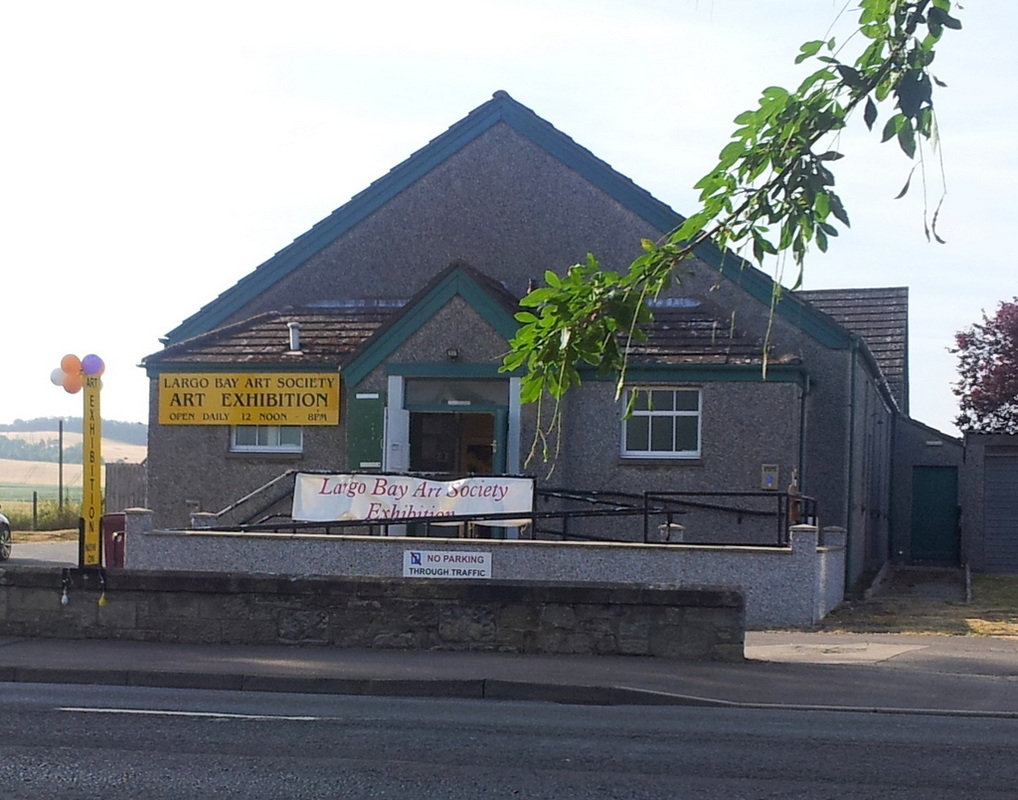
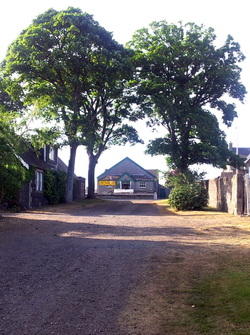
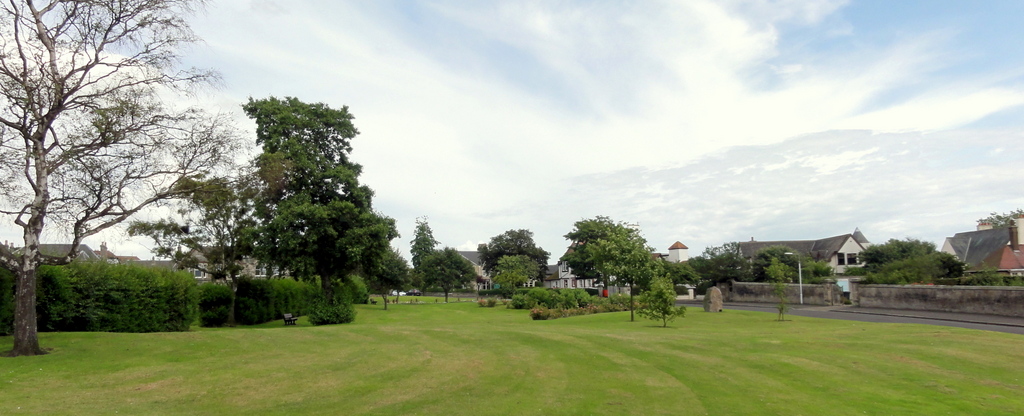
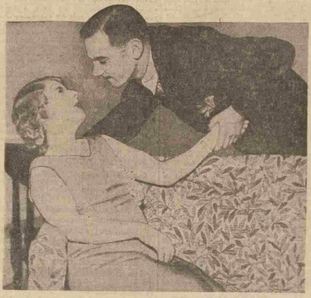
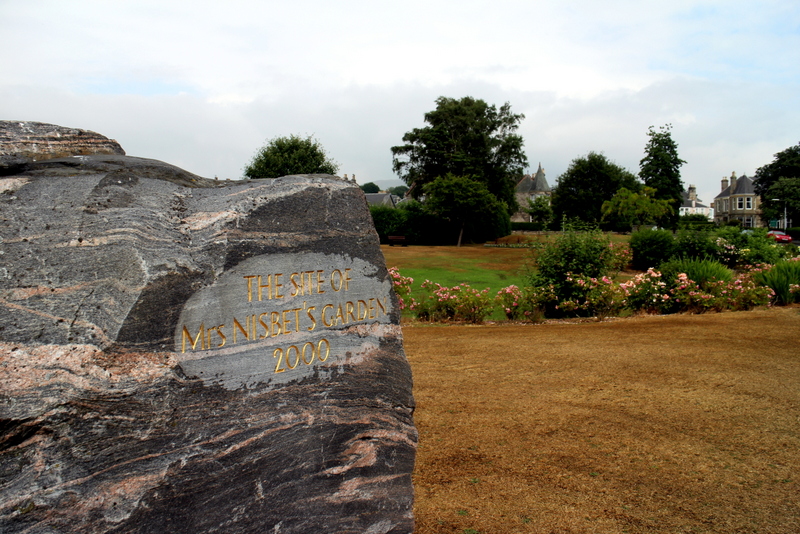
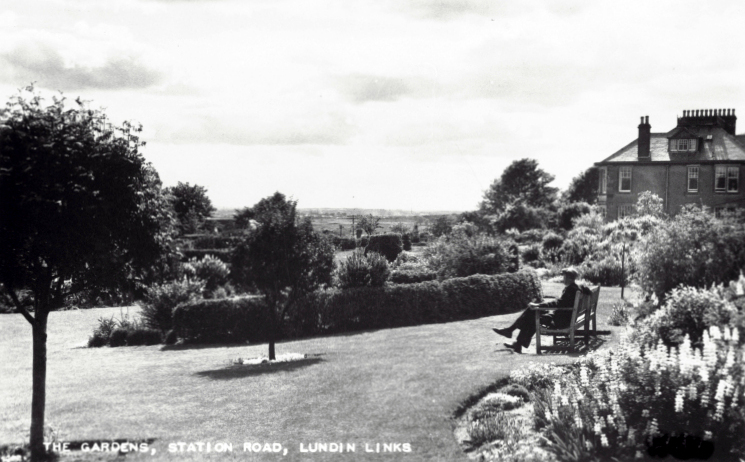
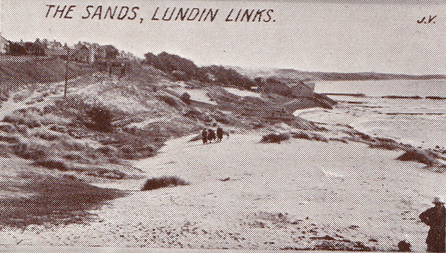
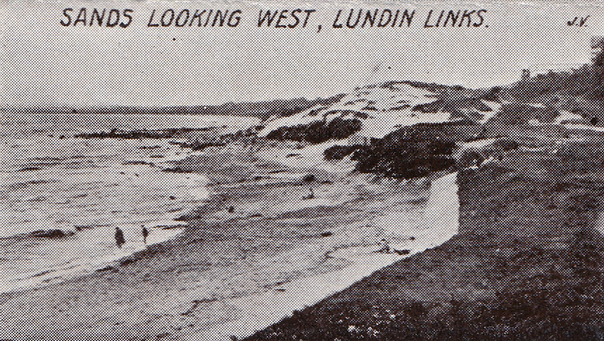
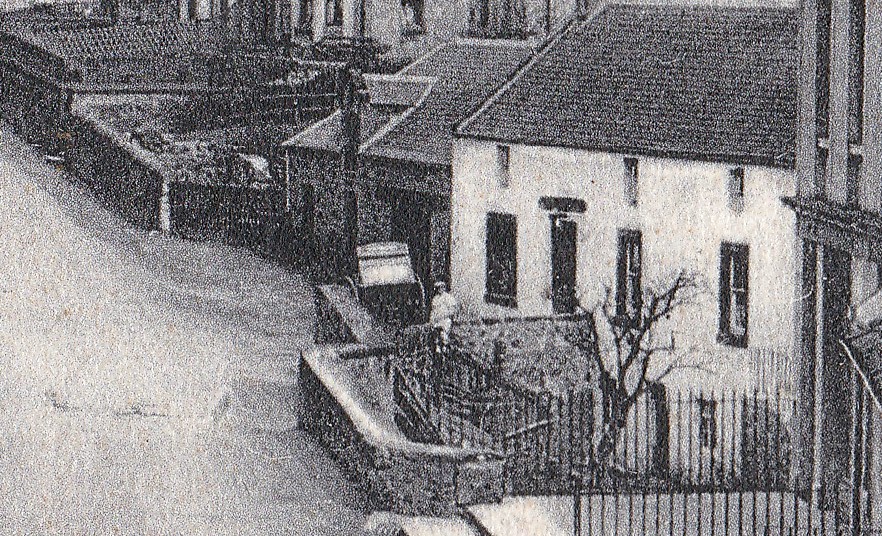
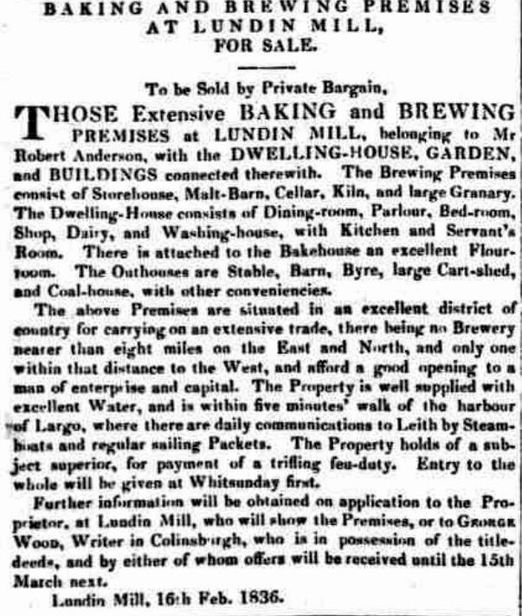
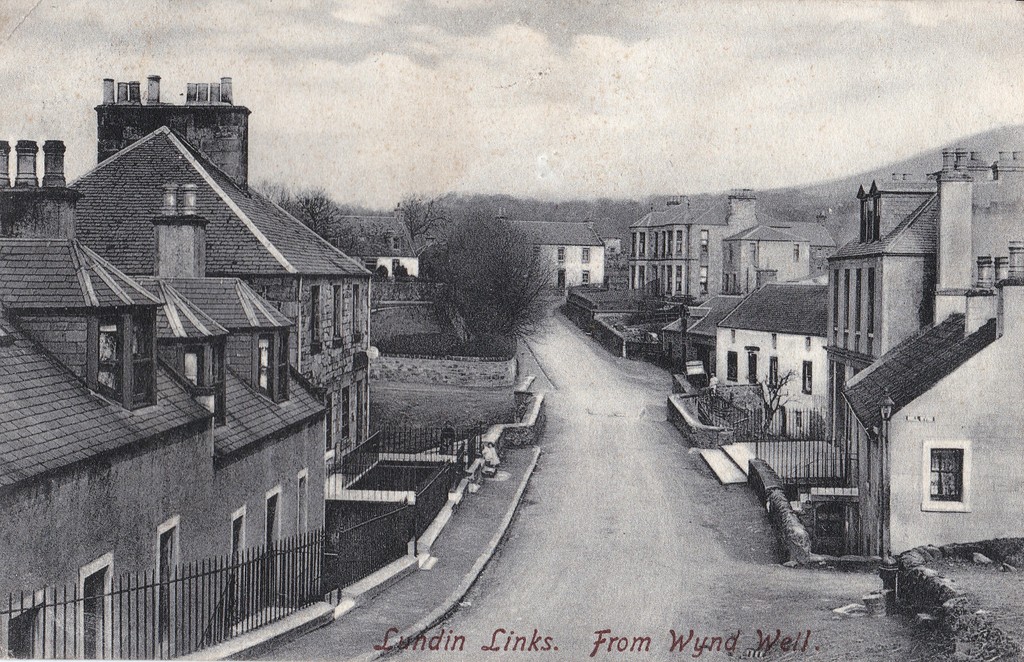
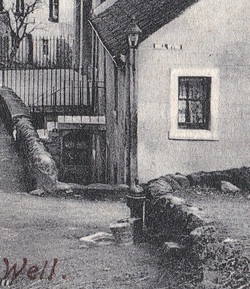
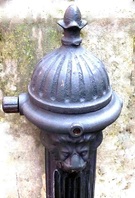
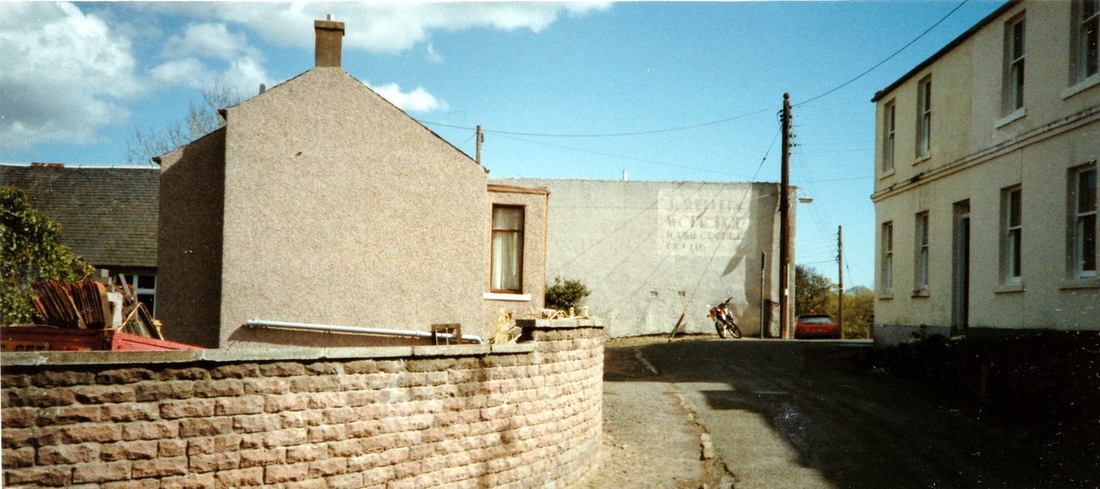
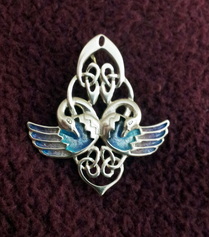
 RSS Feed
RSS Feed
